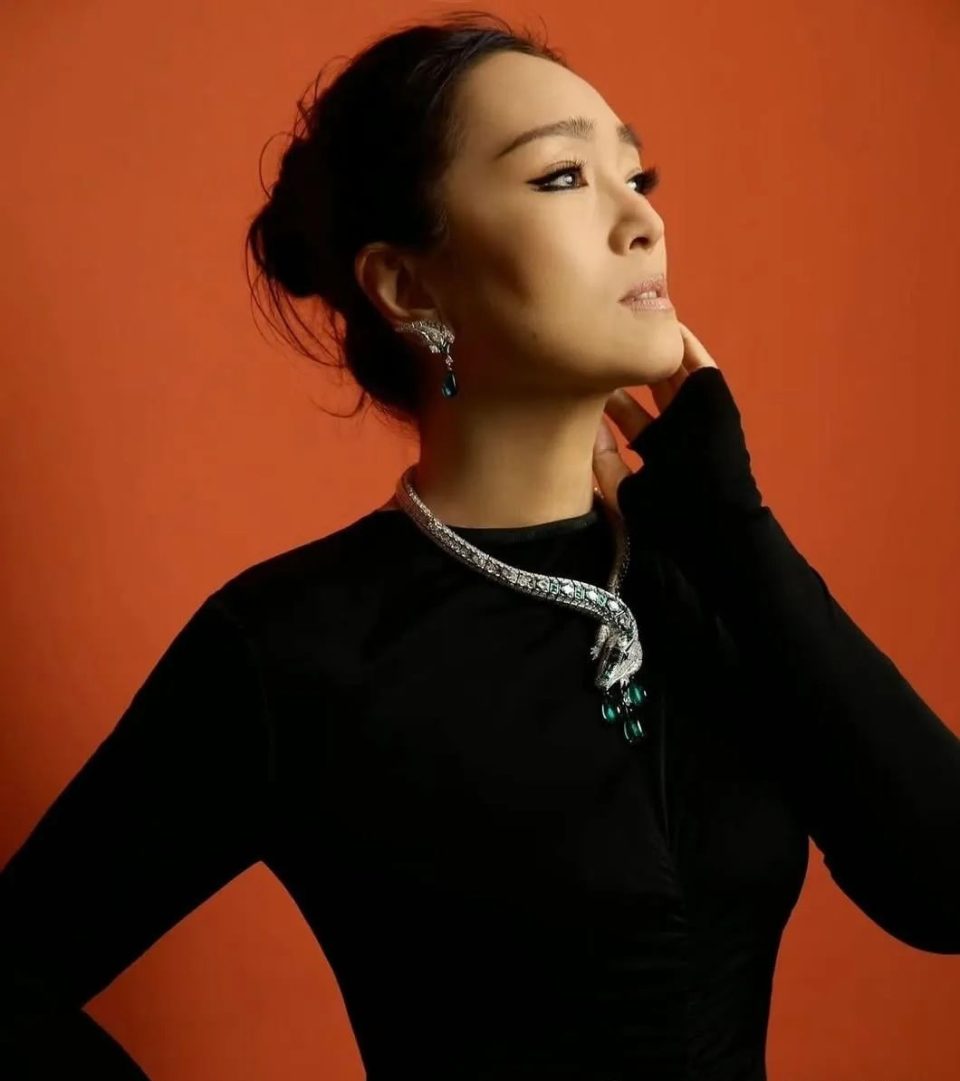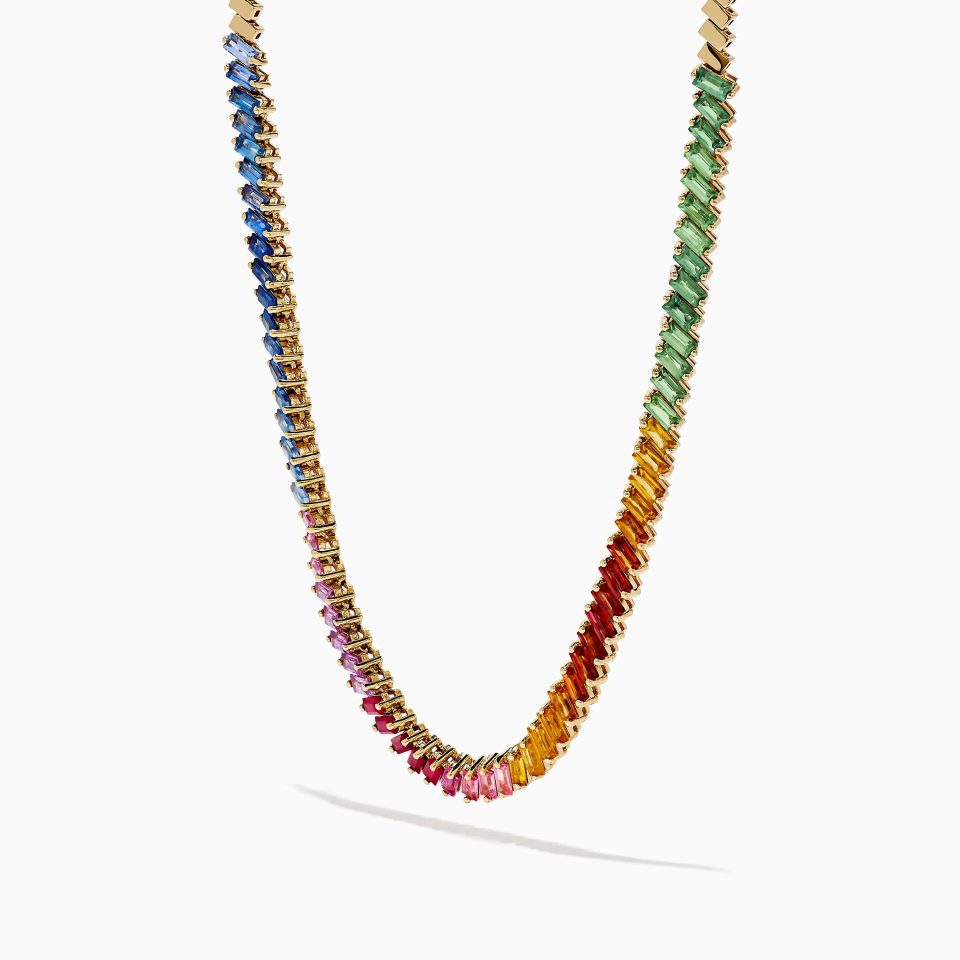A few years ago, if someone wanted to buy a treasured piece of jewelry, most people would probably choose diamonds first. But recently, I’ve noticed more and more jewelry enthusiasts turning their attention to colored gemstones! However, many people still don’t fully understand how to distinguish which colored gemstones are more valuable. Some might think: isn’t a bigger gemstone always more expensive?
There’s actually a lot of nuance here. Although all are colored gems, there really is a hierarchy in terms of rarity and value among them.
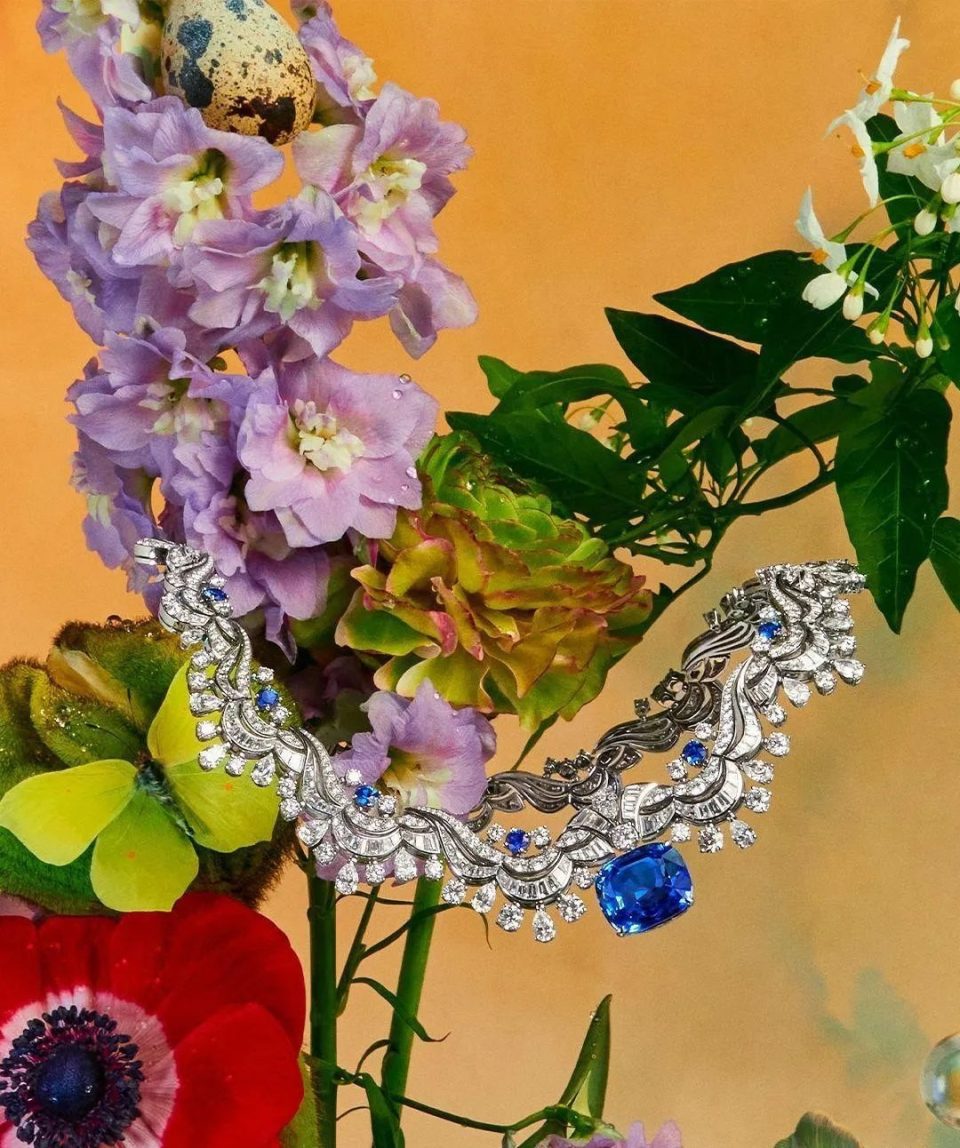
So, which colored gemstones are the most expensive? Which ones can be considered affordable substitutes with similar colors? After reading this comprehensive guide to colored gemstones, you’ll definitely have a clear understanding!

Step 1: Know the “Big Four” Precious Gemstones
If you’re new to colored gemstones and have little idea about their values, here’s a simple starting point: get familiar with the ”Big Four” precious gemstones of the jewelry world!
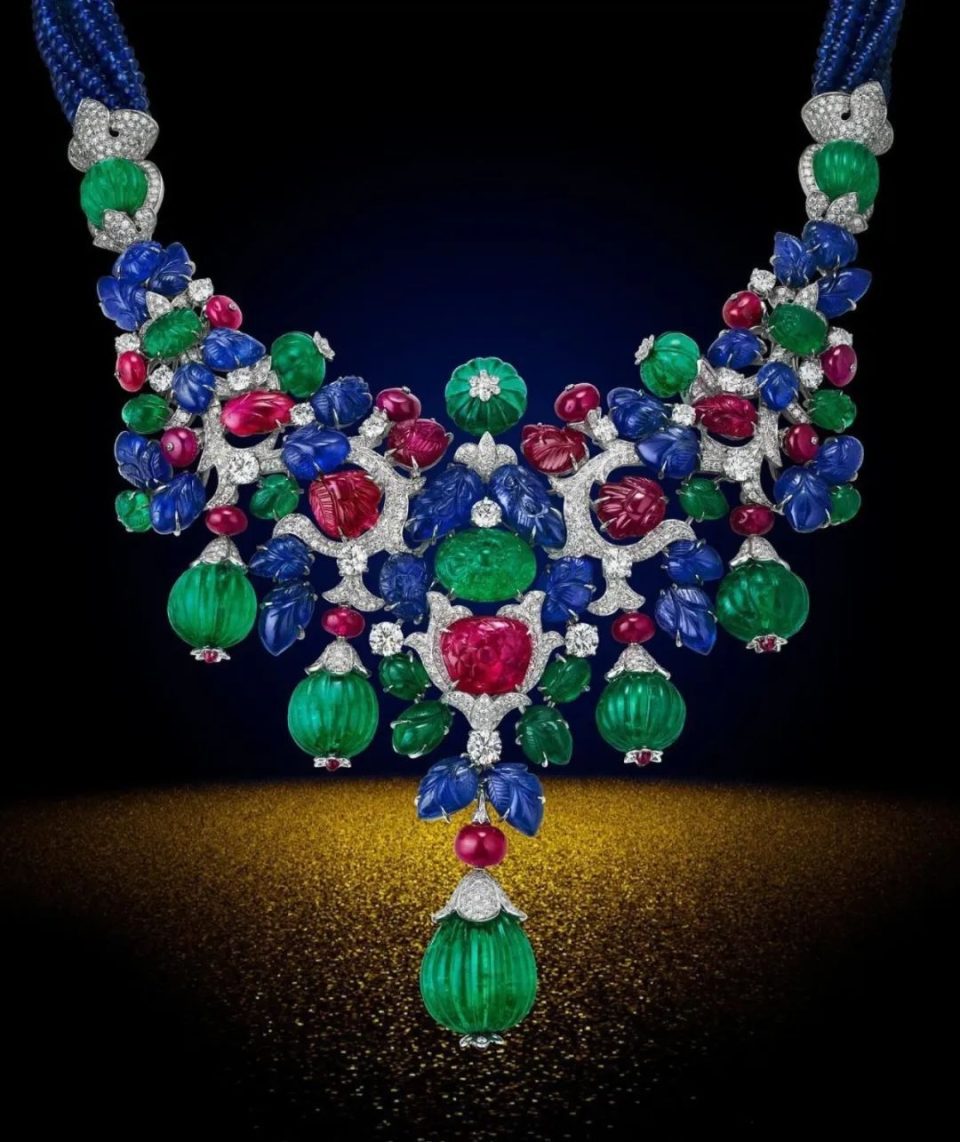
Cartier’s ”Fruit Purse” high jewelry piece features diamonds, rubies, sapphires, and emeralds.
There are various opinions on whether there are four or five major precious stones, but the most widely accepted grouping includes diamond, ruby, sapphire, and emerald.
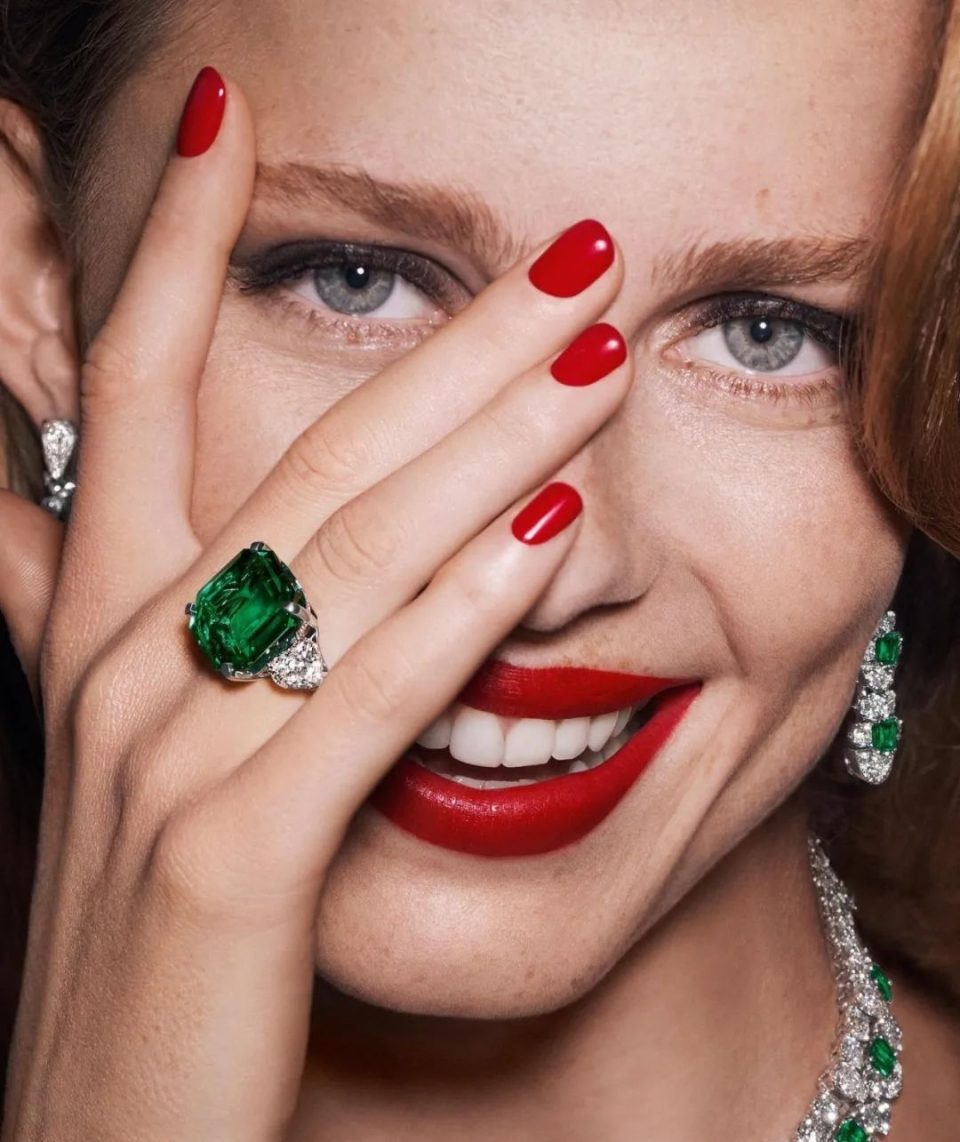
Everyone already knows the value of diamonds. The fact that ruby, sapphire, and emerald are grouped alongside diamonds shows their high status in the jewelry world.
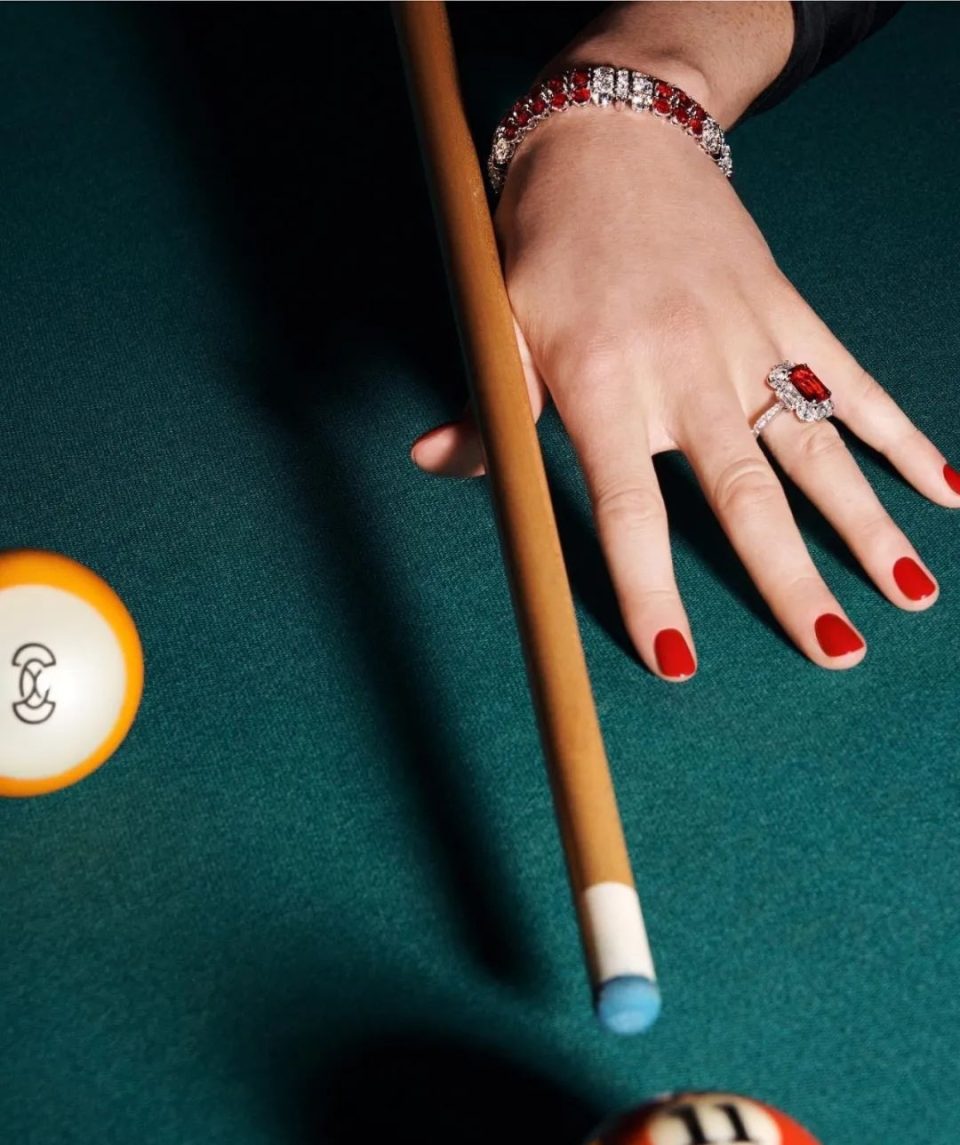
Ruby is the red variety of corundum, with its red color caused mainly by chromium. It is the birthstone for July and symbolizes passion, fidelity, and love. Since ancient India, ruby has been known as the “King of Colored Gemstones” holding a high value and prestige.
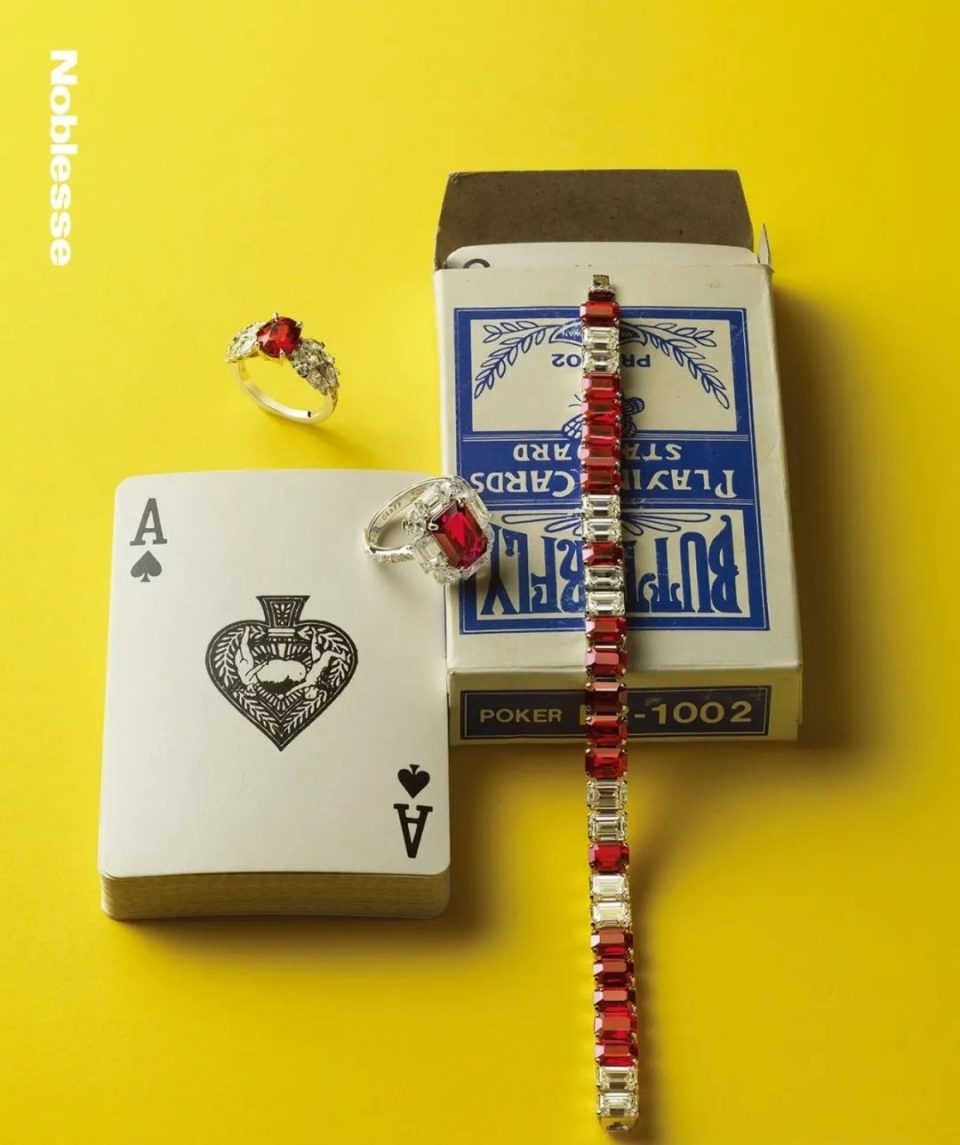
Sapphire refers to all colors of corundum except red. Among sapphires, blue sapphires are the most prized and expensive. The jewelry world often refers specifically to blue corundum as ”sapphire,” while other colors are described by their color plus ”sapphire.”
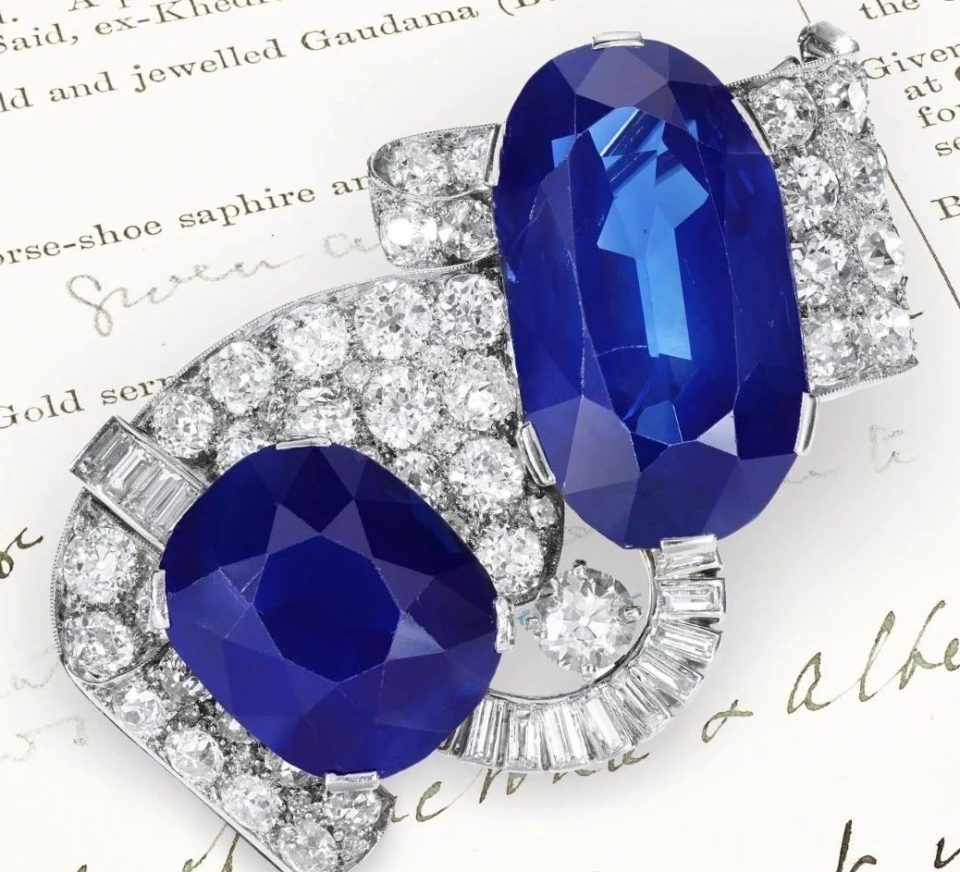
Emerald is different from corundum — it is a beryl mineral and the most valuable member of the beryl family. Emeralds form under high geological stress, resulting in mostly fractured crystal shapes and frequent inclusions. This makes emerald one of the most difficult stones to cut.
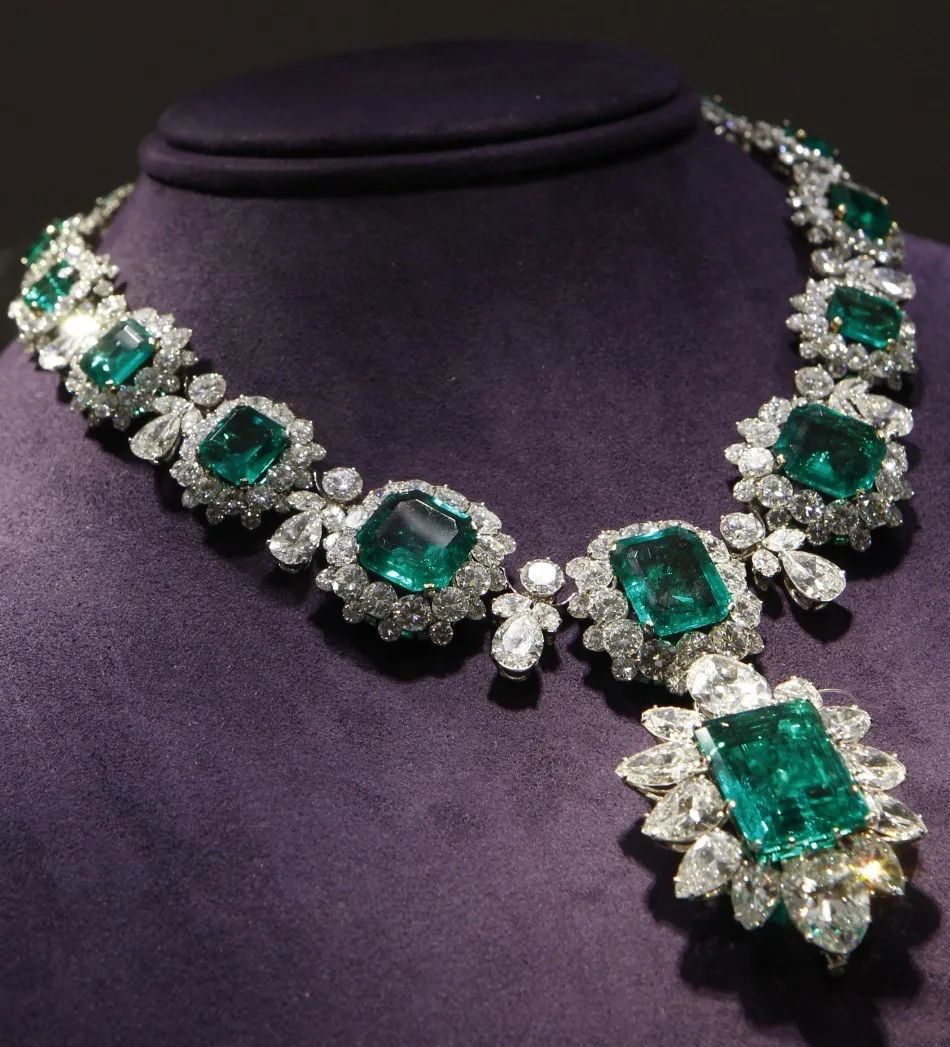
The famous “emerald cut” was designed to reduce the risk of fracturing while maximizing the gemstone’s brilliance. Large emeralds over 5 carats are very rare and usually fetch astronomical prices.
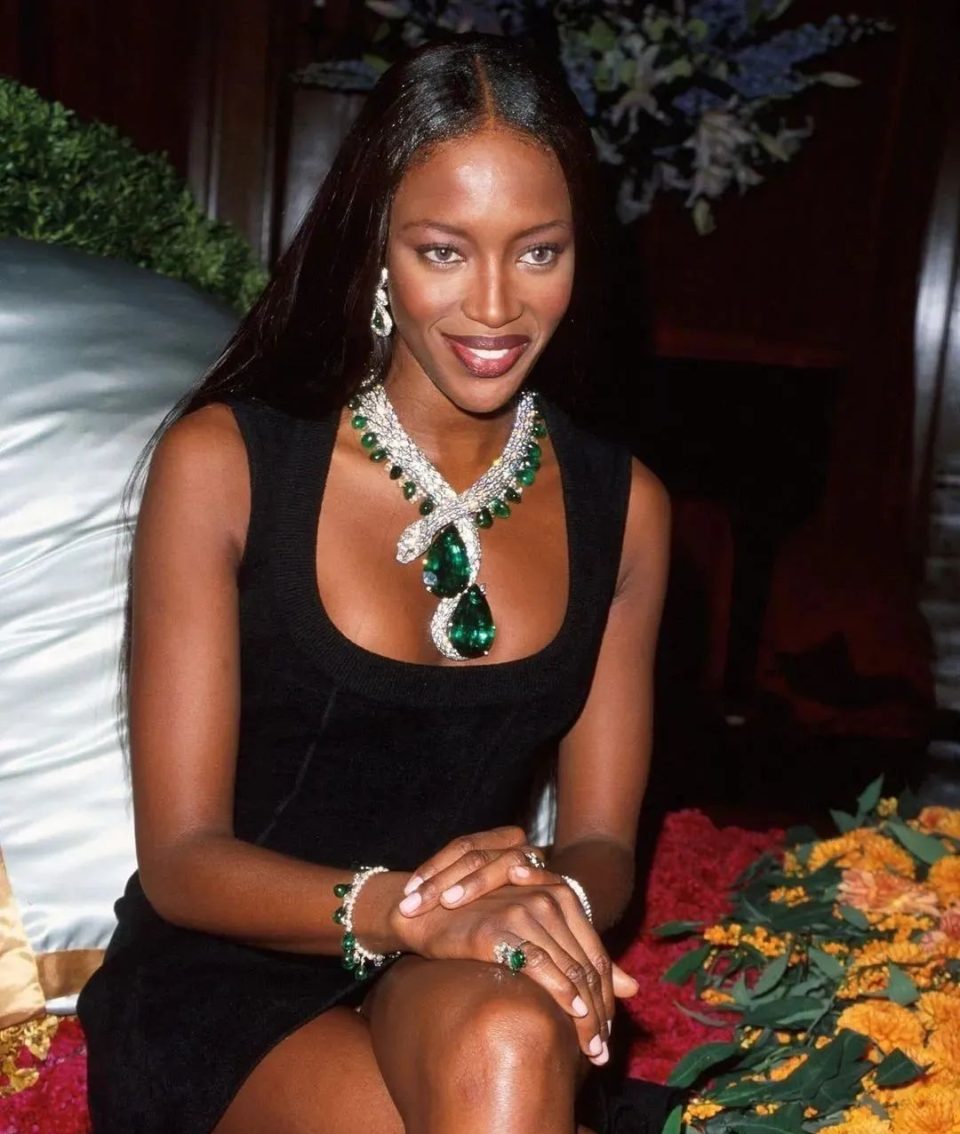
Naomi Campbell famously wore Cartier’s Serpent emerald necklace ”Eternity,” featuring two of the largest emeralds in the world, weighing 205 and 206 carats respectively.
Step 2: The “Bloodline” of Gemstones
Now that you know the basic knowledge of these three colored precious stones, it’s time for a deeper dive!
In the jewelry world, the origin (”bloodline”) of these stones is very important. For example, sapphires from Kashmir often cost significantly more than those from Madagascar. Why?
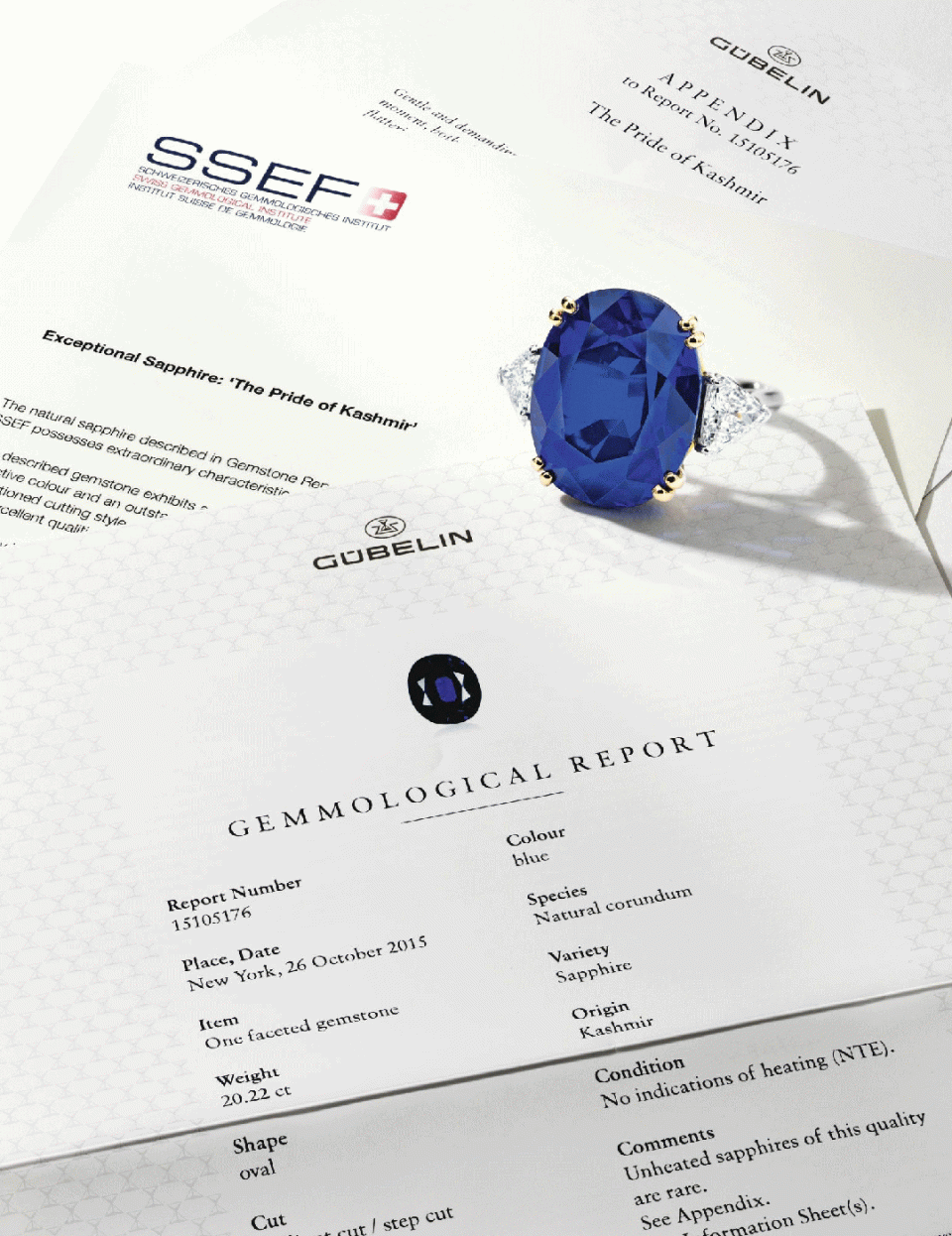
Because the origin often affects the stone’s color, which is one of the most important grading criteria. Other factors include whether the source is depleted or hard to mine.
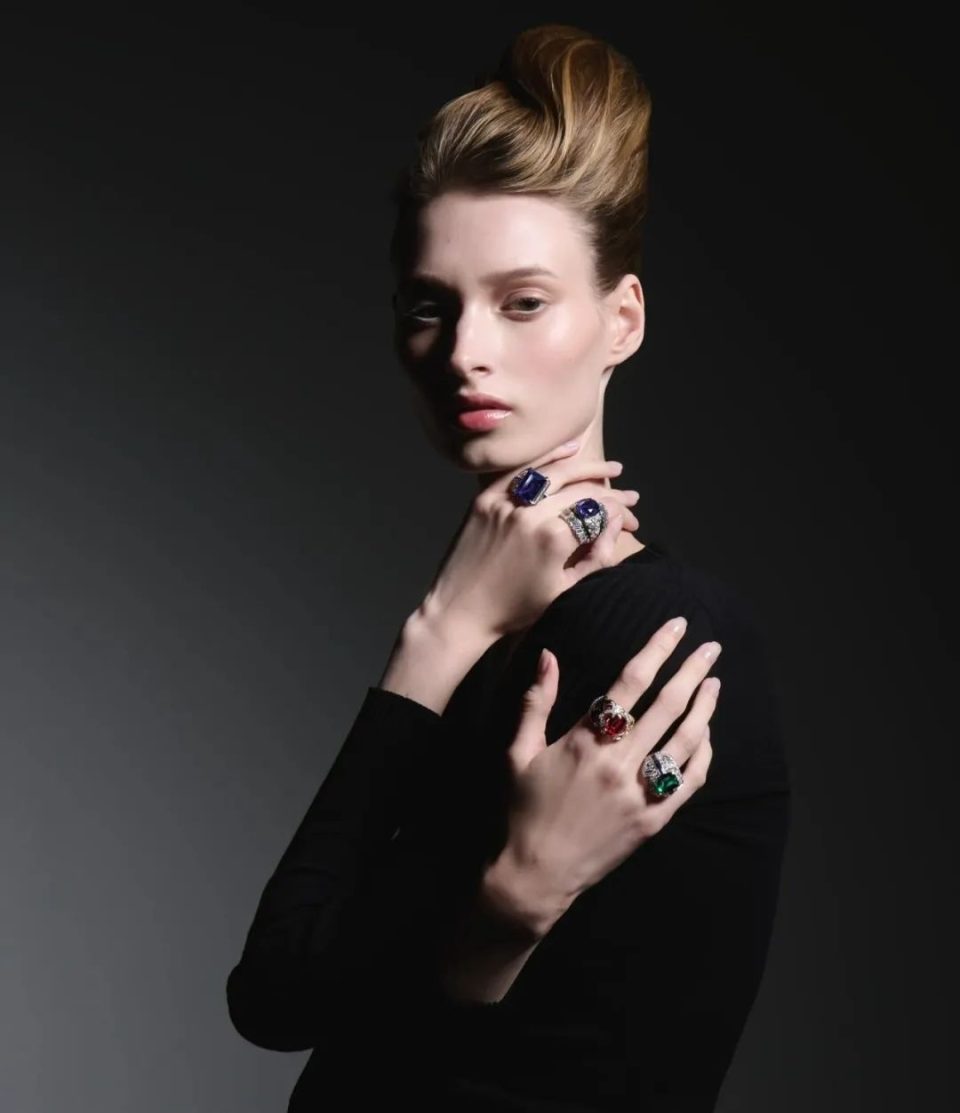
Here’s a quick guide to the most prized origins:
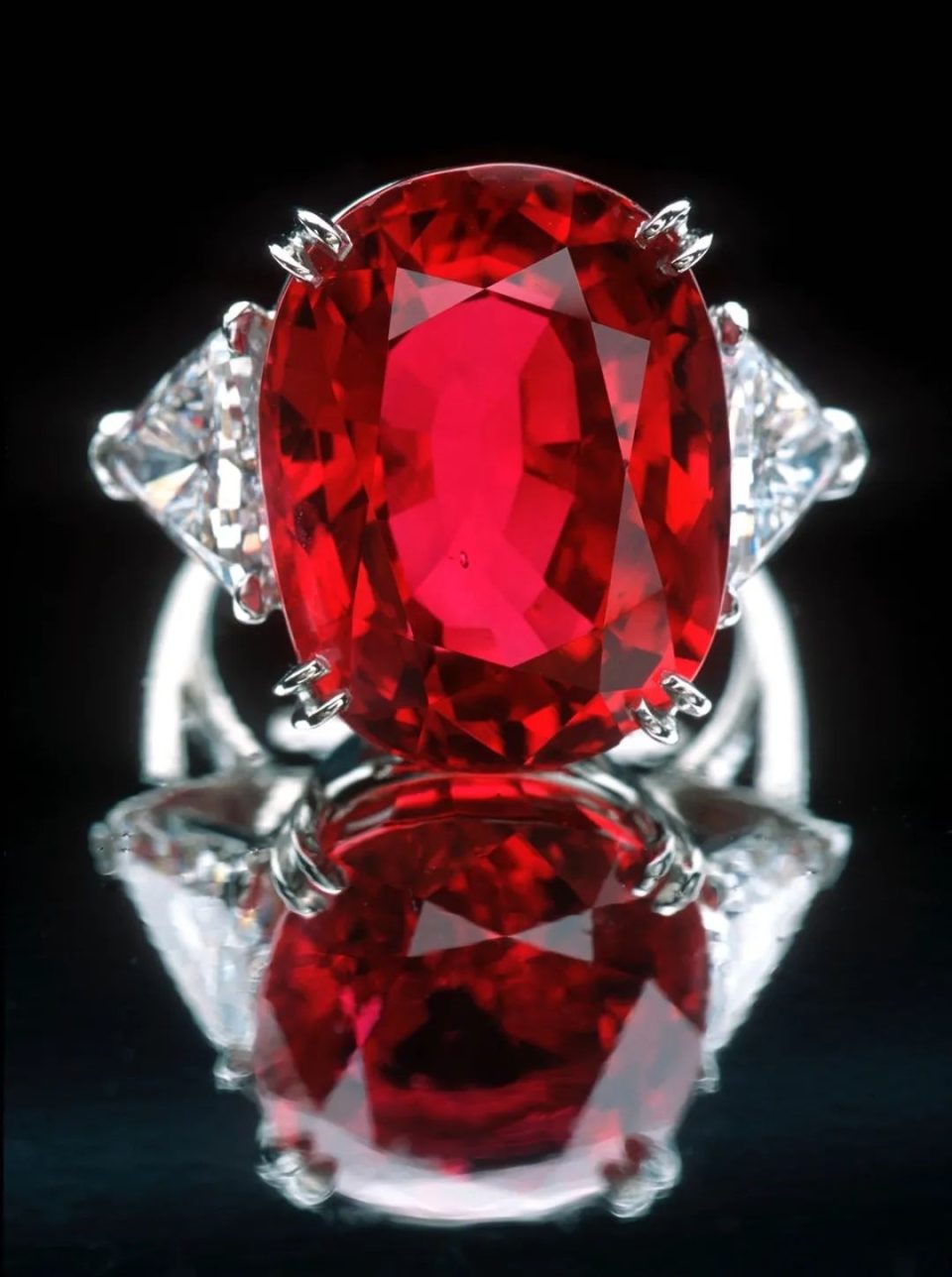
Rubies: The most coveted color is ”pigeon blood red” — a vivid pure red reminiscent of flowing pigeon’s blood. Such rubies are very rare. The famous ruby-producing region of Myanmar’s Mogok is renowned for top-quality pigeon blood rubies. In fact, rubies from Myanmar are almost always high priced.
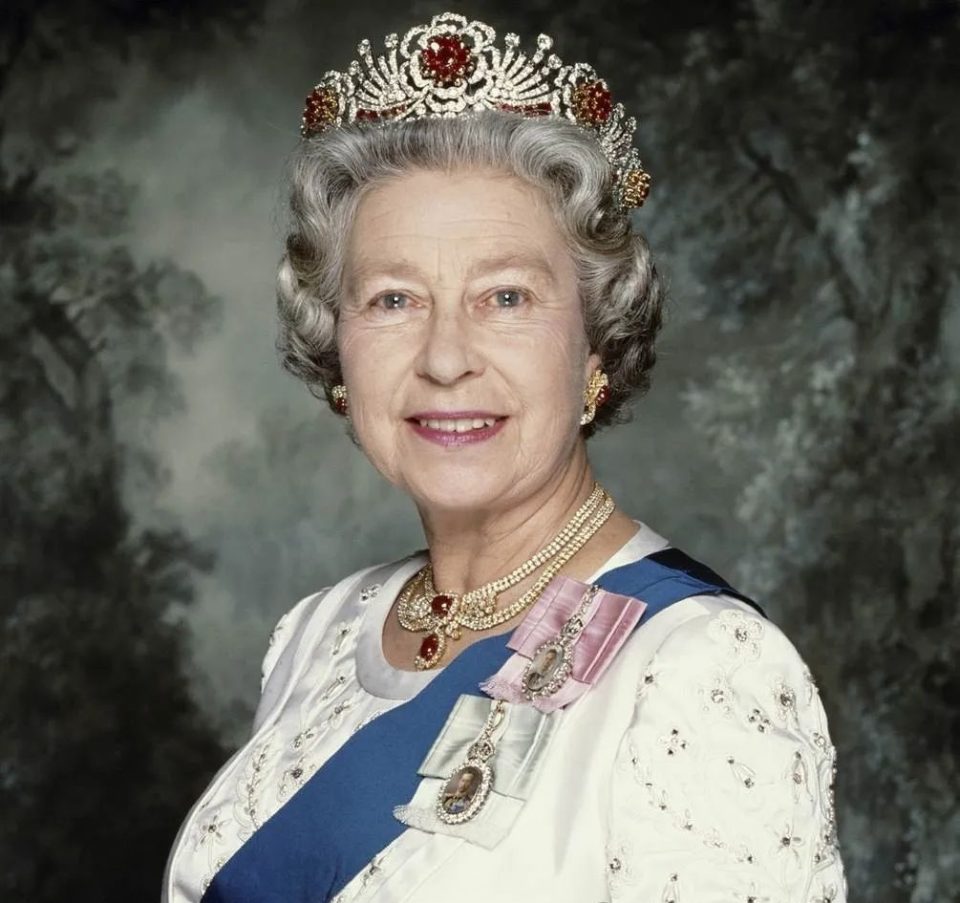
Queen Elizabeth II’s ruby crown contains 96 rubies sourced from Myanmar.
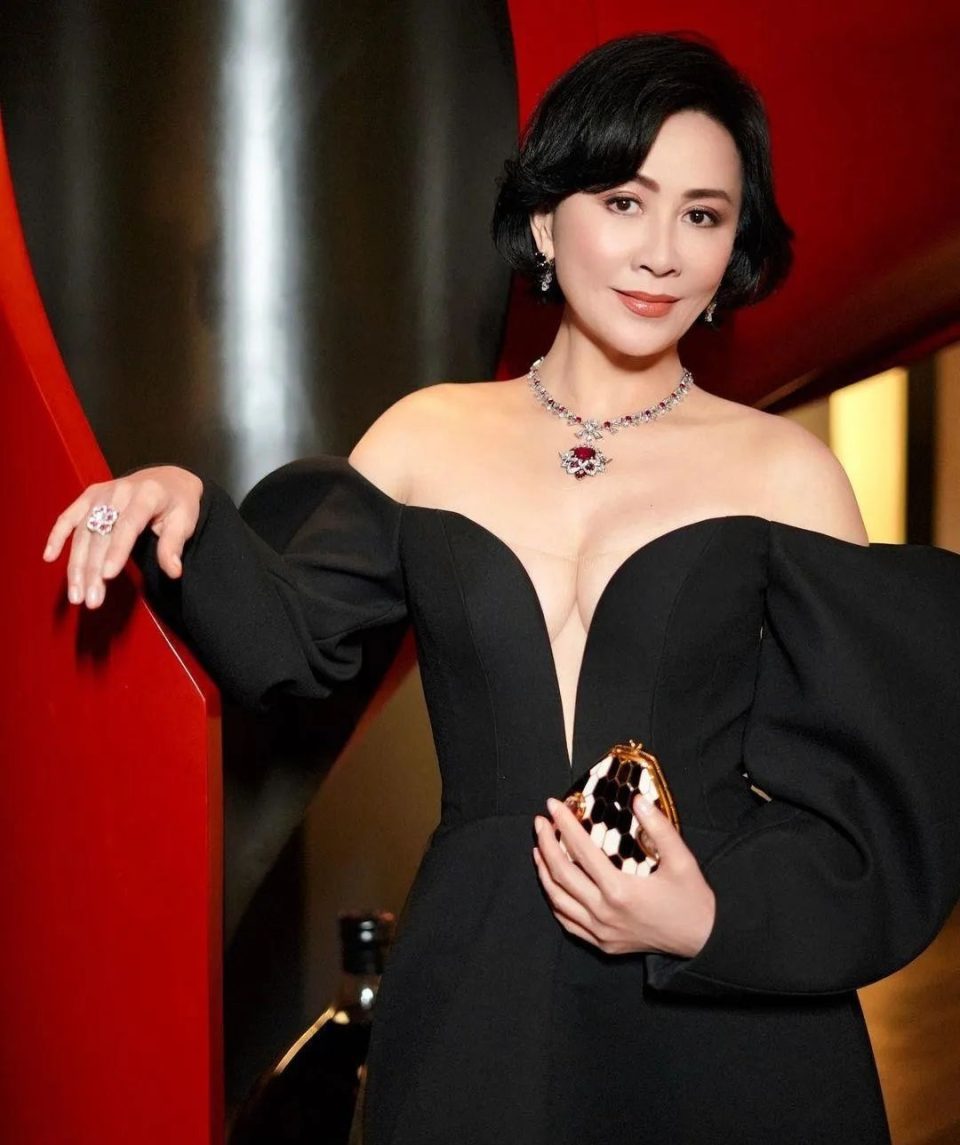
If you like rubies but want a more affordable option, Mozambique rubies are currently the market’s mainstream supply, offering a wide price range and good value.
Sapphires: The most expensive sapphire is the ”cornflower blue” from Kashmir, regarded as the finest in the world. It shows a unique velvet-like effect due to its internal inclusions. Because of over mining, Kashmir sapphire mines are depleted, so stones that appear at auction fetch astronomical prices.
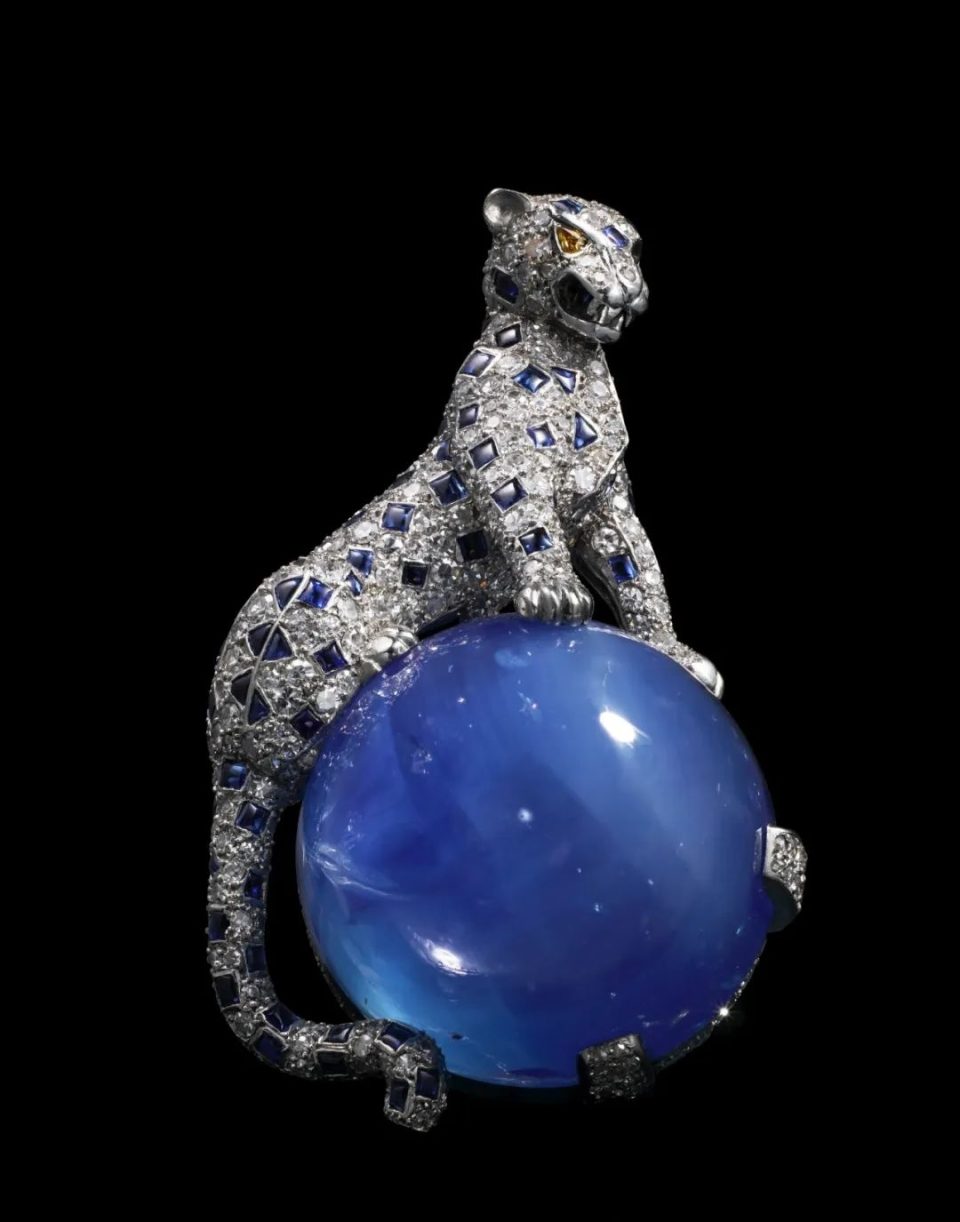
Windsor Duchess’s Cartier panther brooch features a 152.35-carat Kashmir sapphire.
Besides Kashmir, Myanmar is also an important source of sapphires, producing ”royal blue” sapphires known for their elegant deep indigo tone, exuding regal majesty. Both Princess Diana and Kate Middleton’s sapphire engagement rings feature Myanmar sapphires.
Sri Lanka is another promising sapphire source. High-quality Sri Lankan sapphires show a vivid blue-green color and are considered the closest alternative to Kashmir sapphires, making them a good investment.
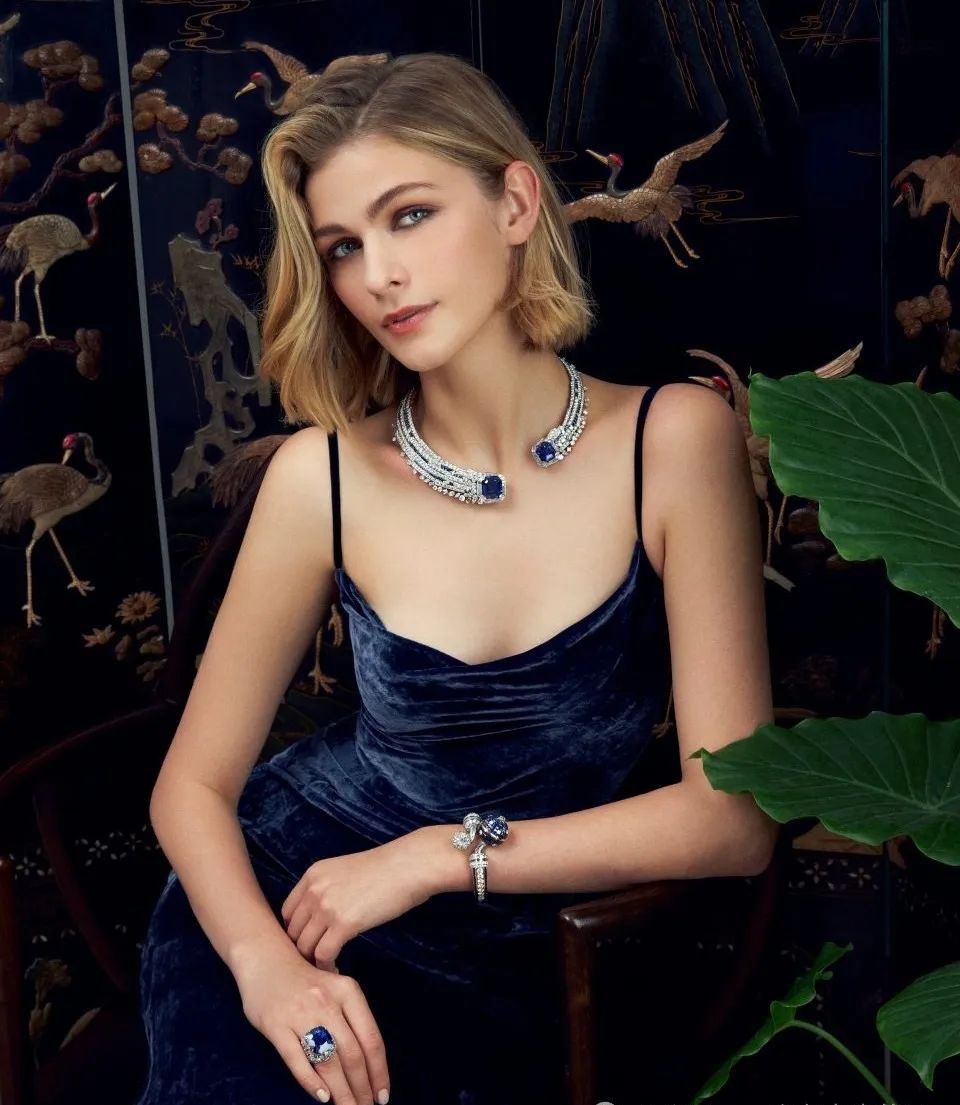
Van Cleef & Arpels’ ”Trésor Astral” high jewelry necklace features a 31.17-carat Sri Lankan sapphire.
Emeralds: The origin and grading system for emeralds differ somewhat. Many critics recognize only two emerald ”bloodlines”: Colombian emeralds and all others.
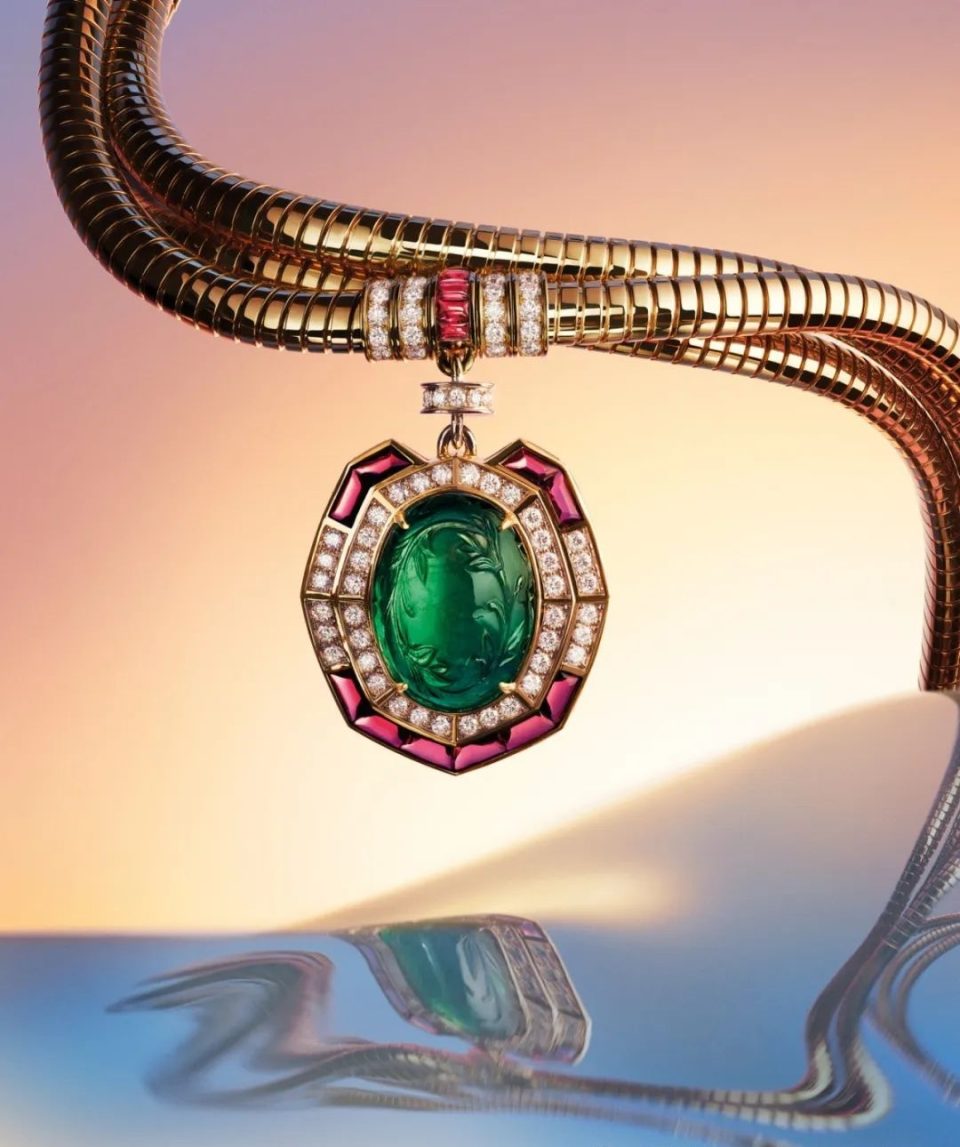
Internationally, Colombian emeralds are considered the highest quality, especially those from the Muzo and Chivor mines, which supply about 80% of the world’s premium emeralds, practically dominating the market.
The top Muzo emeralds have their own grade — “Muzo green.”
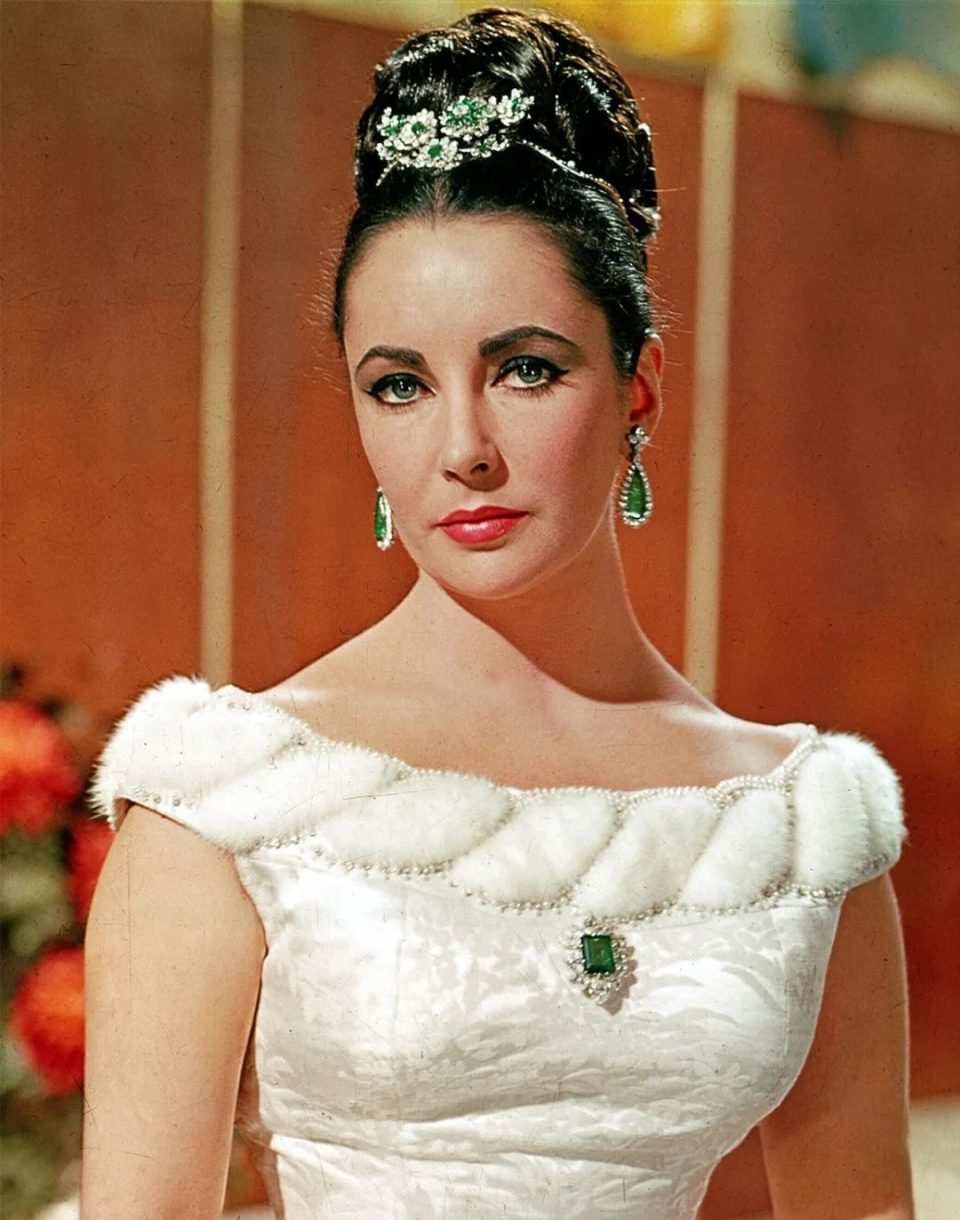
Elizabeth Taylor’s brooch features a 23.46-carat Colombian emerald.
Only Muzo-origin emeralds can be called “Muzo green,” while other high-quality emeralds are referred to as “Warden green.”
Other emerald-producing countries include Zambia, Brazil, Afghanistan, and even China (famous actress Gong Li wears Chinese emeralds).
